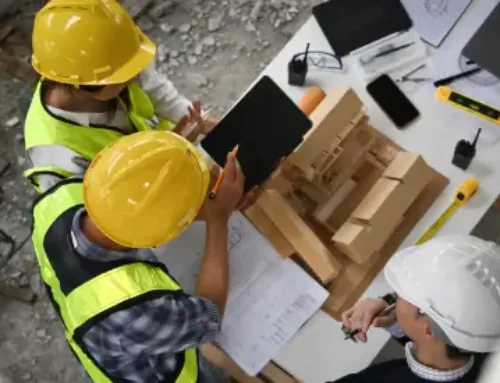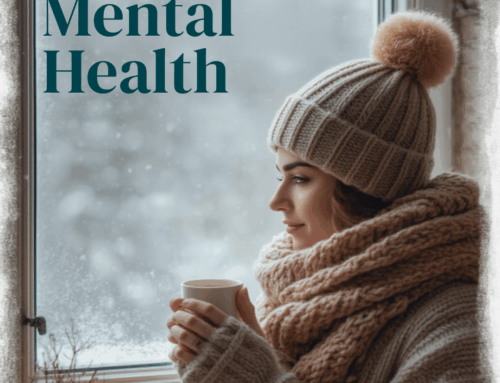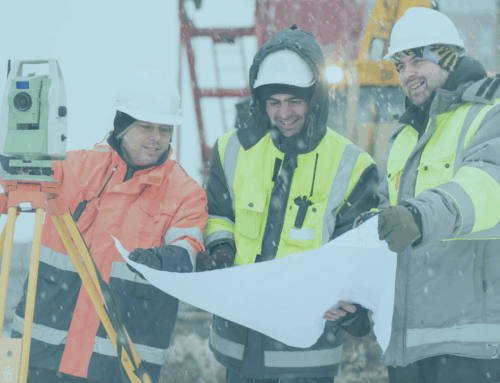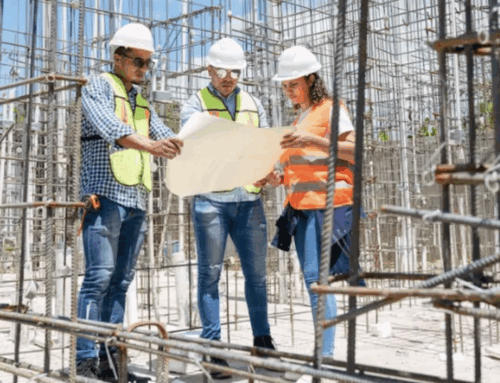Statistics show that 6300 people die daily due to work-related accidents or diseases while 340 million occupational accidents are reported worldwide. These accidents also cause economic drawbacks to businesses, hurt your safety record and of course it is not good for our workers and their families. The talent pool is smaller, we must improve workplace conditions- from flexible hours, and higher wages to career advancement opportunities. As a result of recent years, there has been an increase in new policies and programs implemented at workplaces to accommodate the employees. The end goal of the employers is not just to attract new talents in the competitive labor market, but also to retain the existing talents by helping the employees achieve a better work-life balance and provide more workplace safety.
1. Breaking the Stigma of Mental Health
Let’s face it, feelings, emotions, “mental health” is intimidating as it is a sensitive topic especially in the workplace or in the field. But we need to do more to recognize trouble, pain, fear, anxiety, trauma, and depression. We should have holistically safe, health and positive work environments. Feeling respected and accepted makes workers more productive, more creative and more inclined to be safe.
2. Working Remote
The scope of safety has widened to encompass remote work, business travel, and employees off-the-clock. Be aware, be alert, be present.
3. Diversity, Equity and Inclusion
As a safety leader, you are obligated to protect employees’ health in every capacity, and this includes mental health repercussions of non-diverse and non-inclusive teams in the office and in the field. Even the most casual conversation or comment that hints at racism, ageism, sexism can dramatically effect an entire team’s morale and ultimately their safety. Every person deserves to be respected at work. But, it must come from the top down.
4. Extreme Weather Preparedness
With some more recent incidences there has been an increase in weather related threats to safety. There always should be an extreme weather preparedness plan and this plan should be known by all employees and by all jobsite personnel. Do you have a plan and do you follow it?
5. Proactive Safety Culture
Culture always starts at the top. If leaders believe in culture, the employee’s buy-in dramatically increases. There should be a strong relationship between the safety personnel and upper management. So first believe in a safety culture and second offer ongoing safety training. Training is essential for optimal outcomes. An emergency response is not natural to most people nor do you make the best choices in a panic situation. Providing information and includes practice drills on what should happen during an emergency, will reduce overall risks and promote a better culture.
In conclusion, the takeaway is that a healthy and happy workforce means a workplace that is safer and inviting. Reducing risks also encourages more productive and creative teams. Leveling the field no matter how old, how young, how brown or how white or what gender, we are here to work together to build a better tomorrow.
Sources: Statistics from Munimax
by Kelly Jackson, Executive Director SLC3






